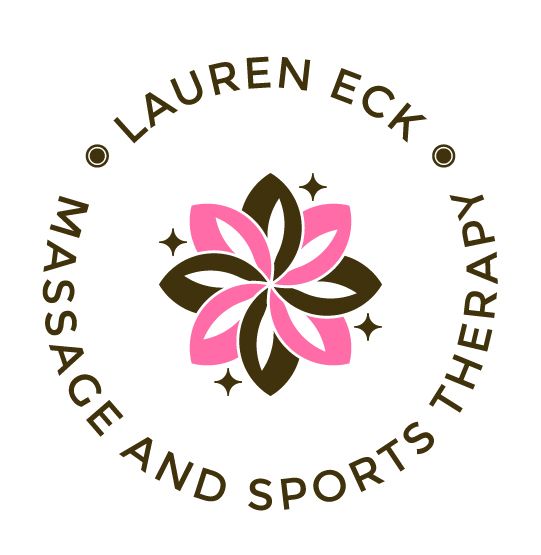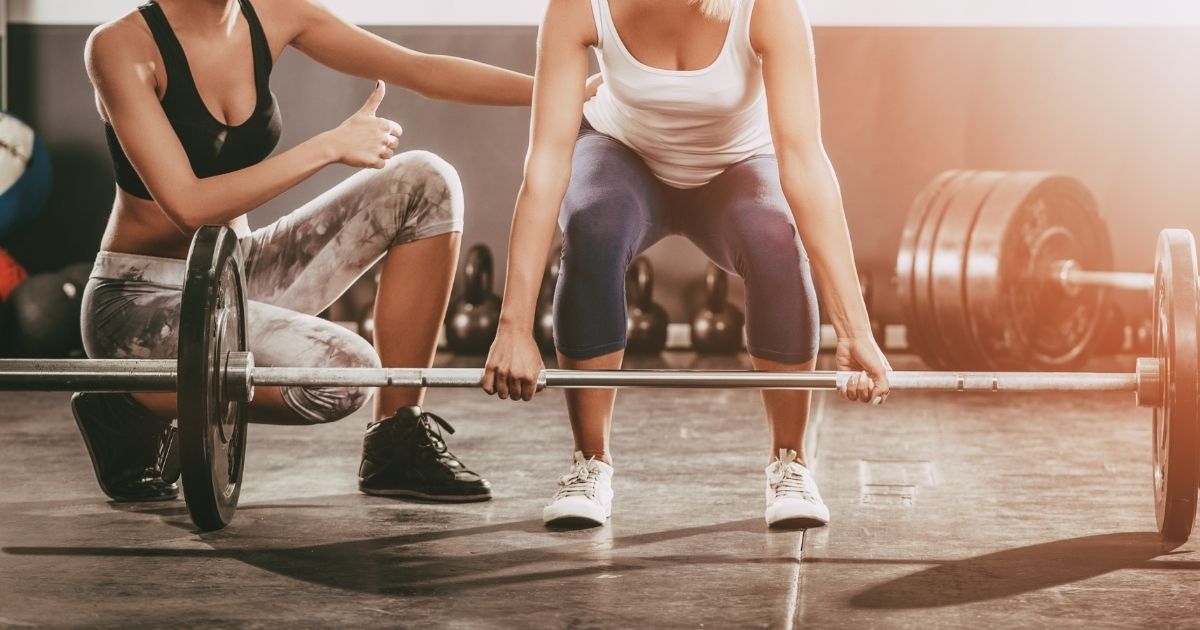Common Injuries and Recovery in Athletes
Common Injuries in Athletes and the Role of Sports Massage Therapy in Recovery
Athletes across various disciplines frequently encounter injuries due to the intense physical demands and repetitive stress their bodies endure. These injuries can vary from minor aches to significant ailments that could sideline them for considerable time. While preventing such injuries is important, the recovery process is just as vital. Here, the expertise of a sports massage therapist proves invaluable.
Common Injuries Among Athletes
Here are some of the common injuries for athletes across many different sports:
Strains and Sprains
Strains and Sprains are often experienced by athletes. Muscle strains typically affect areas like the hamstrings, quadriceps, or calf muscles, resulting from sudden movements or overuse. Ligament sprains are common in the ankle or knee, occurring when movements cause ligaments to stretch or tear, particularly during quick directional changes or jumps.
Tendinitis
Tendinitis is another frequent injury, characterized by the inflammation of tendons, often in the Achilles, patellar, or rotator cuff. This condition usually stems from overuse without sufficient rest.
Stress Fractures
Stress Fractures manifest as small cracks in bones, most commonly in the feet or lower legs, due to the repetitive force exerted by activities like running or jumping.
Shin Splints
Shin Splints, or Medial Tibial Stress Syndrome, involve pain along the inner part of the lower leg, a prevalent issue among runners.
Rotator Cuff Injuries
Rotator Cuff Injuries affect the muscles and tendons around the shoulder, often seen in sports that involve overhead arm motions due to repetitive use.
Concussion
Concussion, although not related to muscle or joint injuries, is a critical consideration in contact or high-speed sports, posing significant risks.
How Expert Sports Massage Therapy Aids in Recovery
Sports therapists used many different methods to help athletes recover from there injuries. Here are the most important ones:
Pain Relief and Muscle Relaxation
Pain Relief and Muscle Relaxation are key benefits of sports massage therapy. This therapy reduces pain by boosting endorphin levels and diminishing pain-inducing chemicals. Techniques such as effleurage provide muscle soothing, whereas petrissage aids in releasing tight muscle fibers.
Improved Circulation
Improved Circulation is another advantage, where massage fosters better blood flow to the affected areas, crucial for healing as it delivers oxygen and nutrients necessary for tissue repair.
Reduction of Scar Tissue
Reduction of Scar Tissue is facilitated by practices like myofascial release, which helps in breaking down adhesions, thus preventing chronic problems and enhancing mobility.
Flexibility and Range of Motion
Flexibility and Range of Motion are enhanced through massage, which works to restore muscle elasticity, essential for athletes aiming to return to their pre-injury performance levels.
Stress Relief
Stress Relief is also a significant outcome of massage, providing psychological benefits that contribute to faster recovery by lowering stress hormones.
Preventive Care
Preventive Care is another aspect where regular sports massage therapy plays a role, helping to preemptively address and correct potential issues before they develop into injuries, using techniques like neuromuscular therapy.
The role of sports massage therapy extends beyond simple recovery; it's integral to both rehabilitation and preventing future injuries. By customizing techniques to match the athlete's specific needs, therapists aid in accelerating healing and enhancing athletic performance. Whether it's by correcting muscle imbalances, promoting circulation, or offering a therapeutic touch for psychological wellness, sports massage therapy is fundamental to a holistic approach in sports medicine. Athletes seeking to recover stronger and more safely should consider integrating this therapy into their routine for both healing and maintenance.
Massage and Sports Therapy by Lauren Eck
Massage and Sports Therapy. All Rights Reserved. Privacy Policy. Website Design by Local Business First



